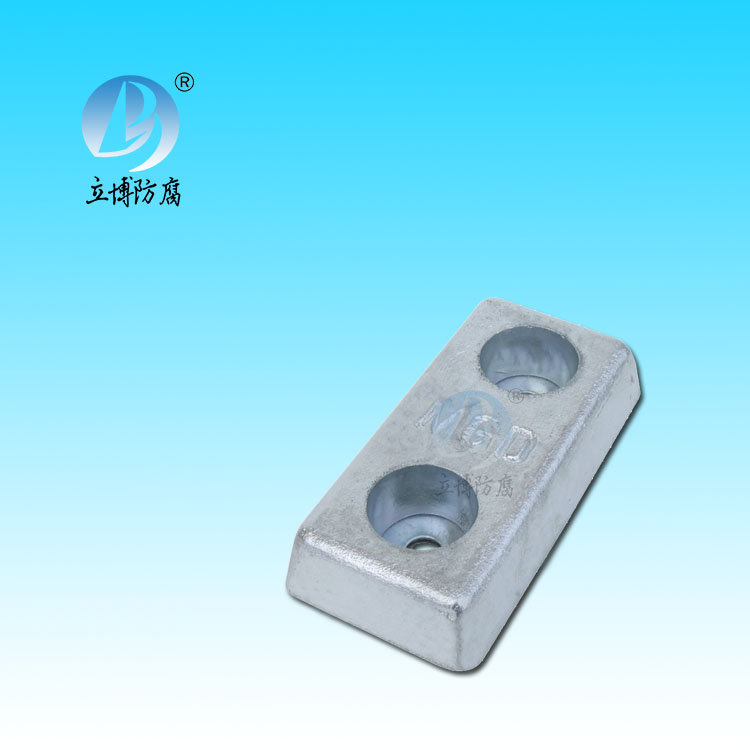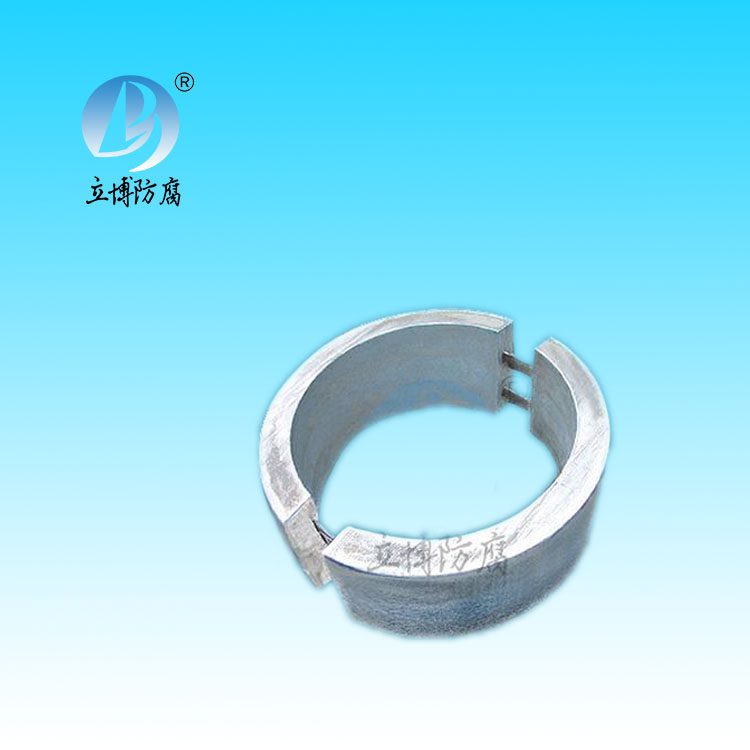News
News
- What is a sacrificial anode
- Basic requirements for reference...
- What does the reference electrode do...
- Why are zinc blocks attached to the ...
- What is the principle of impressed...
- What material does metal structure...
Contact
Phone:18739187123
hotline:0391-7588881
E-mail:970512272@qq.com
Address:Wuzhi County, Jiaozuo City, China
Company News
Application of electrochemical electroplating in plastic mould
- Author:Libo
- Source:wwww.hellobodies.com
- Date:2021-06-11
- Click:0
With the development of plastic moulds to small, precise, diversified and large, complex and precise, the manufacturing process is becoming increasingly complex, the production cycle is long, and the production cost is high.
1.3 Electrochemical electroplating characteristics. The anode wire is connected to the cotton yarn or dacron coated anode and the power supply assembly is adjusted to the appropriate voltage value. Nickel plating is the most common type of mold repair, and its bath is shown in Table L. This enhances the separation of the material from the cavity surface of the plastic die by means of a gold alloy coating.
(2) Surface cleaning: using chemical and mechanical methods to clean up the oil and rust on the surface of the plating parts. The surface of the mold is repaired when copper and nickel are electrochemically plated in the place where the mark is inscribed, followed by a layer of nickel-tungsten alloy.
(1) Pretreatment before plating
The general process of electrochemical electroplating mainly includes pretreatment before plating, plating and plating after the treatment of three departments, each department contains several processes.
(1) Equipment features: small size, light weight, easy to carry, so that the field or field work. The ultimate solution is selected according to the function of the coating, such as nickel, nickel-tungsten alloy for wear resistant surfaces.
. The anodic pad is immersed in a small amount of electrolyte and moved back and forth over the die surface until an average ideal layer of metal deposits is formed (Figure 1). At present, electroplating method is generally used to plating 2.5 "m thick gold alloy on the surface of the die.
Surface finishing: the surface of the parts to be plated must be smooth, commonly used sand cloth, metallographic sand paper grinding. Premature failure and abandonment is not only an economic extravagance, but also a resource extravagance. This layer of metal coating can prevent PVC release corrosion, thus greatly improving the service life of the die. In recent years, a new type of metal deposition process has emerged, commonly used in the processing area of about L m2, the thickness of the deposition layer is about L "m to LMM, mainly used in the need to deposit high quality metal occasions, this method is called electrochemical electroplating process.
(3) Post-plating treatment
(1) Electroplating on the bottom layer: because the coating on different metals with different bonding strength, some electroplating can not be deposited on steel, so for some special plating to first electroplating a layer of bottom layer as a transition, the thickness is generally (0.00 L ~ 0.01)mm.
The application of electrochemical electroplating method in the field of aerospace and Marine plastic mold is only in recent years, but with its simple operation, easy to use, save the use of advantages, such as this process method in the plastic mold industry application development rapidly. Plastic mold is one of the important equipment in plastic molding and processing. It plays an important role in the manufacturing process of plastic products and directly affects the quality and function of plastic products. The repair of the plastic mold by electrochemical plating or its surface strengthening treatment can not only meet the needs of the industry, but also save money, and can play a role in environmental protection.
After electroplating should be immediately finished, remove the plating parts along the residual. When the mold needs to be used, the partition can be removed, so that the mold working face to reach the initial forming state. The more recent process is spark spraying or plasma processing, which is convenient and quick to form a 25.4mm thick layer of metal, alloy, metal oxide or carbide on the surface of the workpiece. In particular, most of the precision molds to be imported from abroad, the price is very high, and the size of the accessories are few. After the plating, if necessary, can be coated with lubricating oil or grease, for corrosion prevention, 1 2m thickness of the plating is enough. If rust is removed from the surface of the die, it will usually leave small pits and erosion marks on the surface of the die.
(3) Process characteristics flexible process, deposition speed, coating types, high bonding strength.
1.2 General electroplating process
The process is simple and, like arc welding, the cathode wire is clipped to a die or machine. In brush plating, the same degreasing solution is used for any base metal, but the voltage and degreasing time required for different base metals are different. By electrochemical electroplating, the surface of the die can be coated with a layer of up to 50 m thickness before retention. After electric cleaning, the surface has no oil trace, good water immersion and no water drop. As one of the basic materials for the development of modern society and economy, plastic has been widely used in various fields of national economy, and steel, wood and cement have become the four pillars in the field of materials. It is guessed that global plastic demand will reach 200 million l 10 million tons 2007, reach 380 million tons 2020. If it fails early, it will cause great economic loss to the enterprise. Electrochemical electroplating with its unique wind will play an important role in the plastic mold industry, which is mainly reflected in:
3 conclusion
After the plastic mold is used up, lubricating oil or grease is usually applied on the working surface of the mold in order to prevent rust and corrosion. It is non-combustible, non-explosive, non-toxic, little erosion, little pollution to the environment, easy to operate and safe. To monitor the thickness of the metal layer, the power pack should also contain a watt-hour meter whose reading is proportional to the thickness of the metal coating.
1.1 Basic principles of electrochemical electroplating
In practice, there are several ways to choose. This saves the company a lot of money by not having to spend a lot of money to open a set of plastic moulds for unmarked cups.
(2) Plating parts electroplating
(4) Activation treatment: to remove the oxide film that may be formed after degreasing the plating parts and make the surface of the plating parts slightly etched and present the crystalline structure of the metal, to ensure that the metal ions can be reduced on the fresh surface of the matrix and firmly combined with the matrix to form a coating with good strength. It can be used over a wide current density and temperature range. (2) Electroplating work coating: the work coating is the ultimate surface electroplating, its role is to meet the mechanical, physical and chemical functions of the surface and other special requirements. Now many precision plastic moulds need to be imported from abroad, the cost and various costs are very high. (2) Significant economic benefits. For example, a st. Louis manufacturer produced a plastic cup for TwA with the airline's logo on the side. This defect is often fatal to plastic molds.
(3) electricity treatment: electricity treatment is electrolytic degreasing.
Electrochemical plating on plastic mold is an important application in the mold of a thin layer on the surface of the plating and the average gold alloy, in order to prevent the processing of PVC or PVDC is released free hydrochloric acid erosion, erosion of small hole can produce drag marks in the products surface, crow's feet and other defects, and can shorten the service life of mould. For polished surfaces, iron powder is usually used, or a soft wire brush is used to brush the surface of the die into an uneven shape to allow the new coating to fuse with the surface of the die. Therefore, the research and development of plastic molding technology has great engineering significance. For corrosion-resistant surfaces, nickel, zinc and so on can be selected as working surfaces. It has now produced thousands of applications in devices that are more than 20 years old, and in marked plastic cups. As long as the thickness of the gold-plated alloy reaches about half of the thickness needed for forming PVC, it can satisfy the requirements of anti-adhesion.
(1) Plastic moulds with good social benefits have high requirements for manufacturing technology, long production cycle, high processing consumption, large demand for mould materials and extremely precious.
When forming PET, ABS, PE, PP plastic products, these materials have adhesion to steel and chromium. The weld bond is very good, but the weld layer contains a large amount of oxide, and welding inevitably creates stress in the metal, leading to thermal deformation or crack formation. Basic principle and characteristics of electrochemical electroplating
Since the 1990s, the global economy has been recovering and showing the momentum of accelerated growth. The production and sales of the global plastic industry have been growing steadily. During the operation, the plating parts should be washed clean immediately after the completion of each process. Another advantage of using electroplating on gold alloys is that the coating can be repaired without removing the mould. Therefore, there is an urgent need for a convenient way to put metal on the mold, to restore the mold surface good method. However, the equipment for this process is expensive, and the adhesion of the sediment layer usually requires subsequent machining, and the sediment layer usually contains more pores. The earlier method used was the welding process. 2 in the plastic mold application
(2) bath characteristics: most of the bath is metal organic complex aqueous solution, in the water has a proportionate large solubility, and has good non-disturbance.







 客服QQ
客服QQ